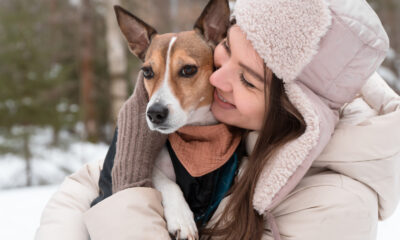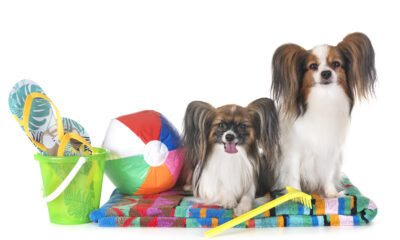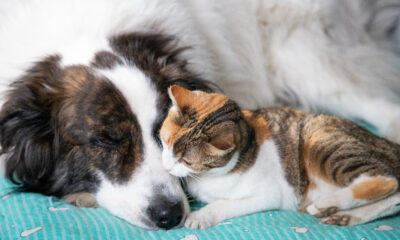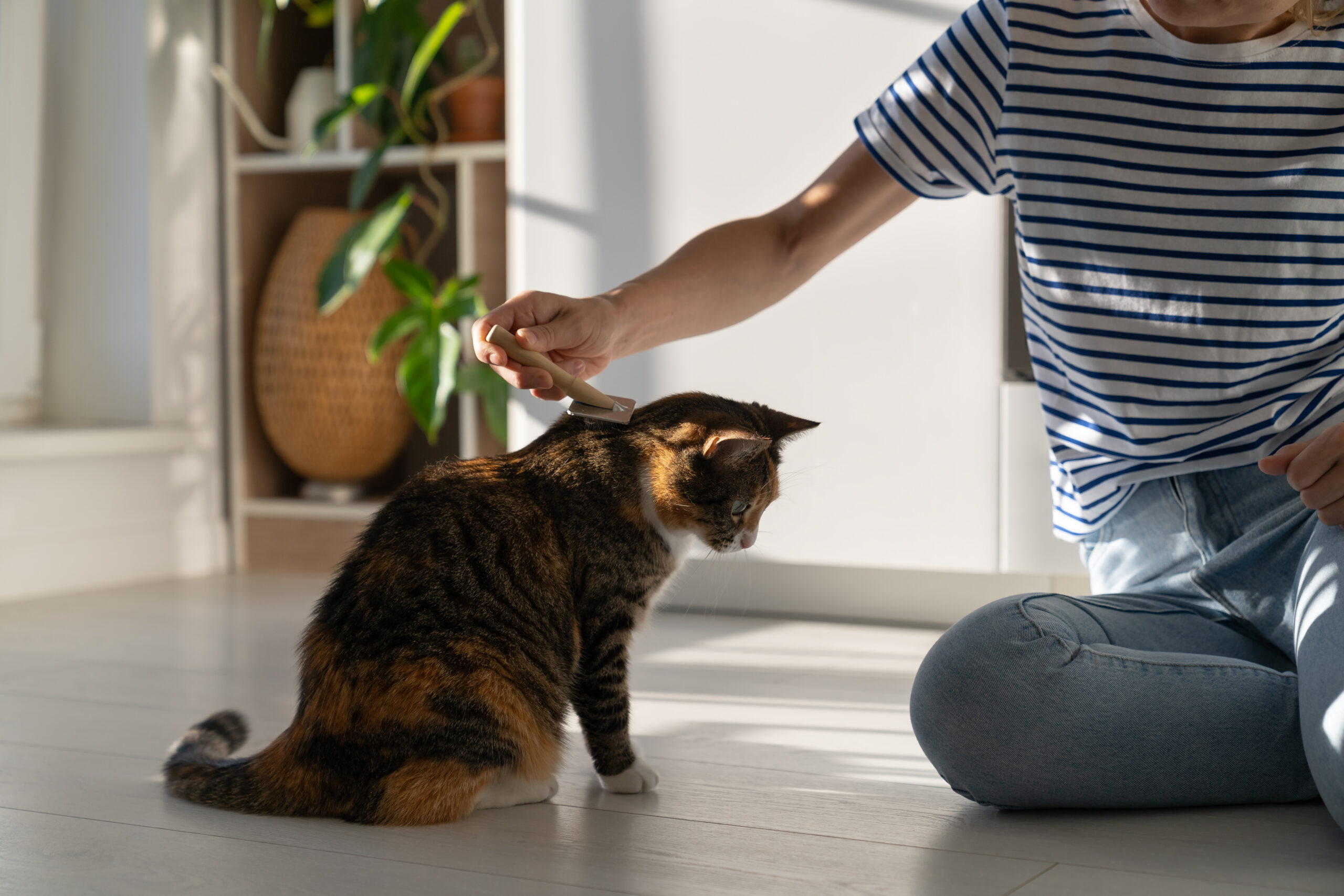A dog’s behavior is shaped by many factors—such as their age, breed, background, and personality. While some traits are inherited, much of a dog’s behavior comes down to how they’re raised and trained. If you want a well-mannered companion, it starts with choosing the right dog for your lifestyle and continues with consistent care and guidance.
Start with Early Training
The foundation of a well-behaved dog is positive, reward-based training. From the puppy stage—or as soon as you welcome a dog into your home—begin teaching them how to respond to basic commands. Some core lessons include:
- Coming when called
- Going to the toilet in appropriate places
- Responding to commands like “sit,” “stay,” or “drop”
Training doesn’t just help your dog become easier to handle—it builds trust, boosts their confidence, and strengthens your bond. Positive reinforcement (such as treats, toys, and verbal praise) is a powerful motivator. Always focus on rewarding good behavior instead of punishing bad behavior. Yelling or using harsh corrections can cause fear and worsen behavioral issues.
Pro Tip: Keep your responses consistent. Everyone in the household should react the same way to your dog’s behavior to avoid confusion.
Create a Safe Retreat
Dogs need a quiet, secure space where they can retreat when feeling anxious or overwhelmed. This can be a cozy crate, a specific room, or a corner with their bed and toys. Giving your dog control over their environment helps reduce stress and encourages calm behavior.
Prioritize Exercise and Mental Stimulation
Dogs are naturally active and curious. Without regular walks, playtime, and interaction, they can become bored, frustrated, or even destructive.
Aim for at least one daily walk (adjust based on your dog’s breed, age, and health). Alongside physical activity, provide interactive toys, puzzle feeders, or play sessions with other friendly dogs to keep their minds sharp and their moods stable.
Time-Saver Tip: Short on time? Consider hiring a dog walker or asking a neighbor for help.
Teaching Your Dog to Give Up Toys Calmly
Many dogs become possessive over toys, which can lead to tug-of-war games or even aggression. Teaching your dog to release objects on command is essential, especially if you’re raising a puppy or adopting an older dog.
For Dogs Motivated by Food
- Use irresistible treats to trade for the toy. Say a clear cue like “drop.”
- Drop the treat on the floor. When the dog releases the toy, reward them with praise.
- Repeat this until the dog consistently drops the toy when cued.
- Gradually offer the treat from your hand and introduce picking up the toy only after the dog has moved away.
- Eventually, reward with praise and a toy toss for extra motivation.
For Dogs Who Prefer Toys Over Treats
- Have two or three favorite toys ready.
- Toss the first toy and, when your dog grabs it, say “drop.”
- Immediately show the second toy and toss it as soon as the first is dropped.
- Praise generously with every correct response.
- Practice until your dog learns to wait for you to throw the next toy after dropping the first one.
Training Tip: Always train in a quiet, distraction-free environment. Patience and repetition are key.
When to Seek Professional Help
If your dog shows signs of aggressive behavior (not to be confused with playful mouthing, especially in puppies), it’s important to seek guidance from a qualified dog behaviorist. Aggression may stem from fear, trauma, or health issues, and a tailored plan is necessary to manage it safely.
Also, be alert to signs of stress or illness. Behaviors such as excessive panting, hiding, licking lips, growling, or cowering may indicate that your dog is uncomfortable, in pain, or feeling unsafe. If in doubt, consult your vet, who can refer you to a specialist if needed.
Final Thoughts
Raising a well-behaved dog takes time, consistency, and compassion. With the right training, daily care, and emotional support, your furry friend can become a confident and well-adjusted member of the family. Remember—positive reinforcement, routine, and patience go a long way in shaping your dog’s behavior for the better.


 Animal Facts8 years ago
Animal Facts8 years ago
 Pet Nutrition8 years ago
Pet Nutrition8 years ago
 Animal Facts8 years ago
Animal Facts8 years ago
 Animal Facts8 years ago
Animal Facts8 years ago
 Stories8 years ago
Stories8 years ago
 Pet Care Tips8 years ago
Pet Care Tips8 years ago
 Pet Care Tips8 years ago
Pet Care Tips8 years ago
 Pet Care Tips8 years ago
Pet Care Tips8 years ago
